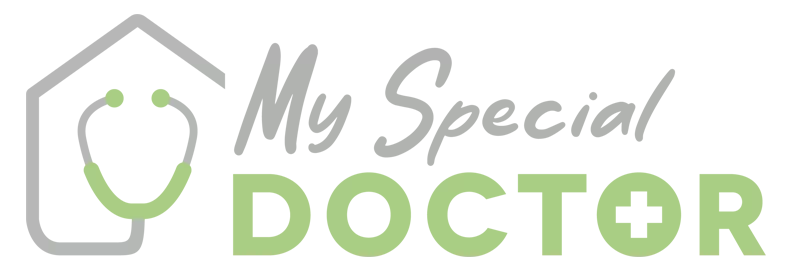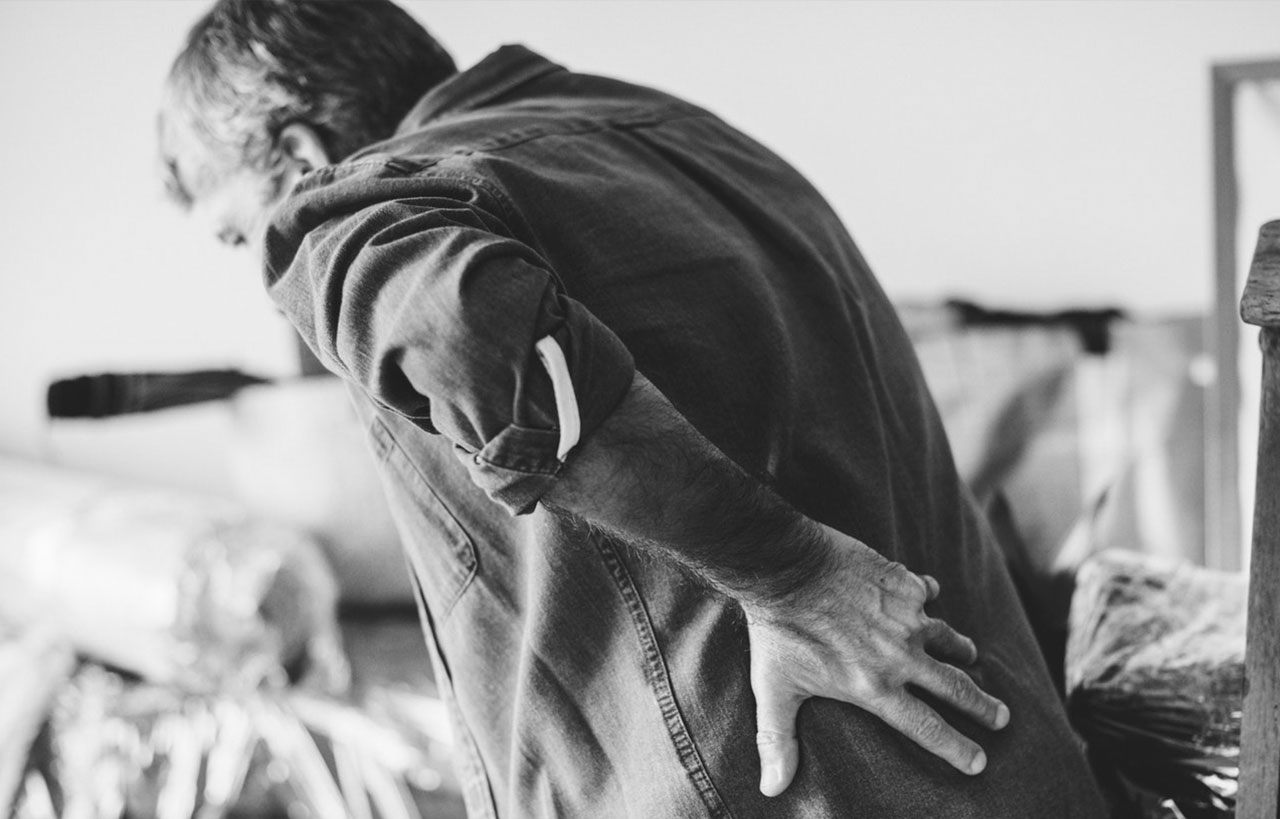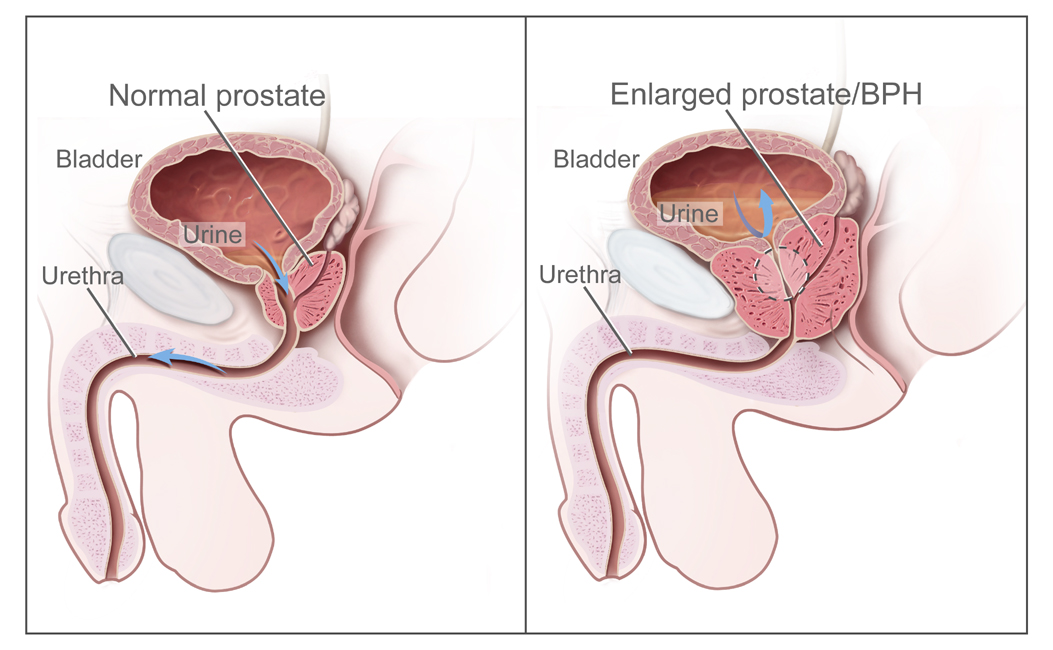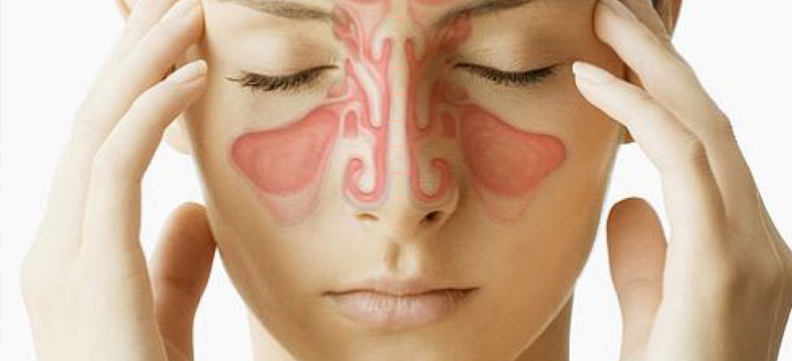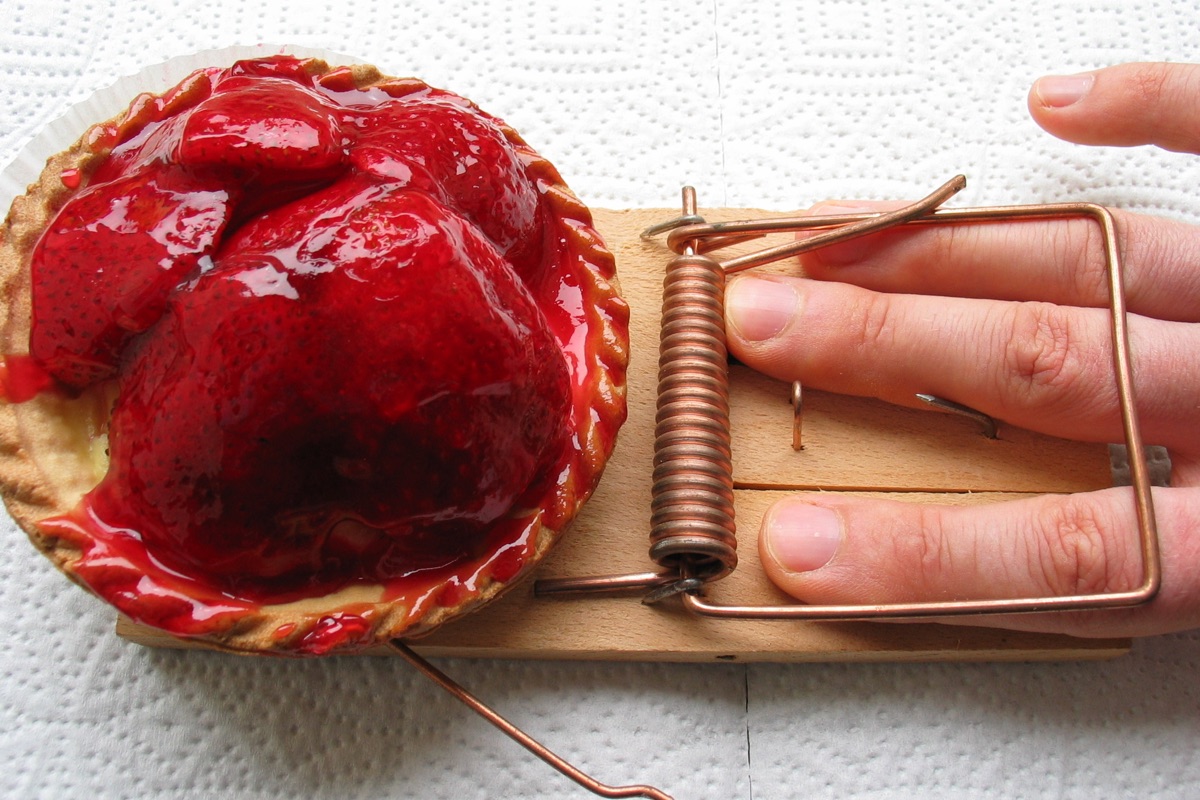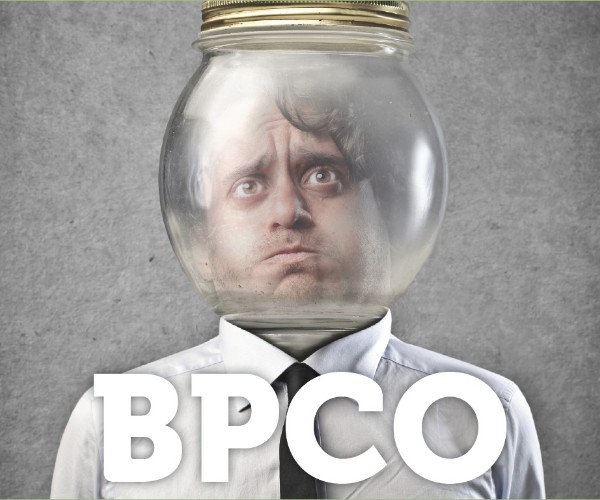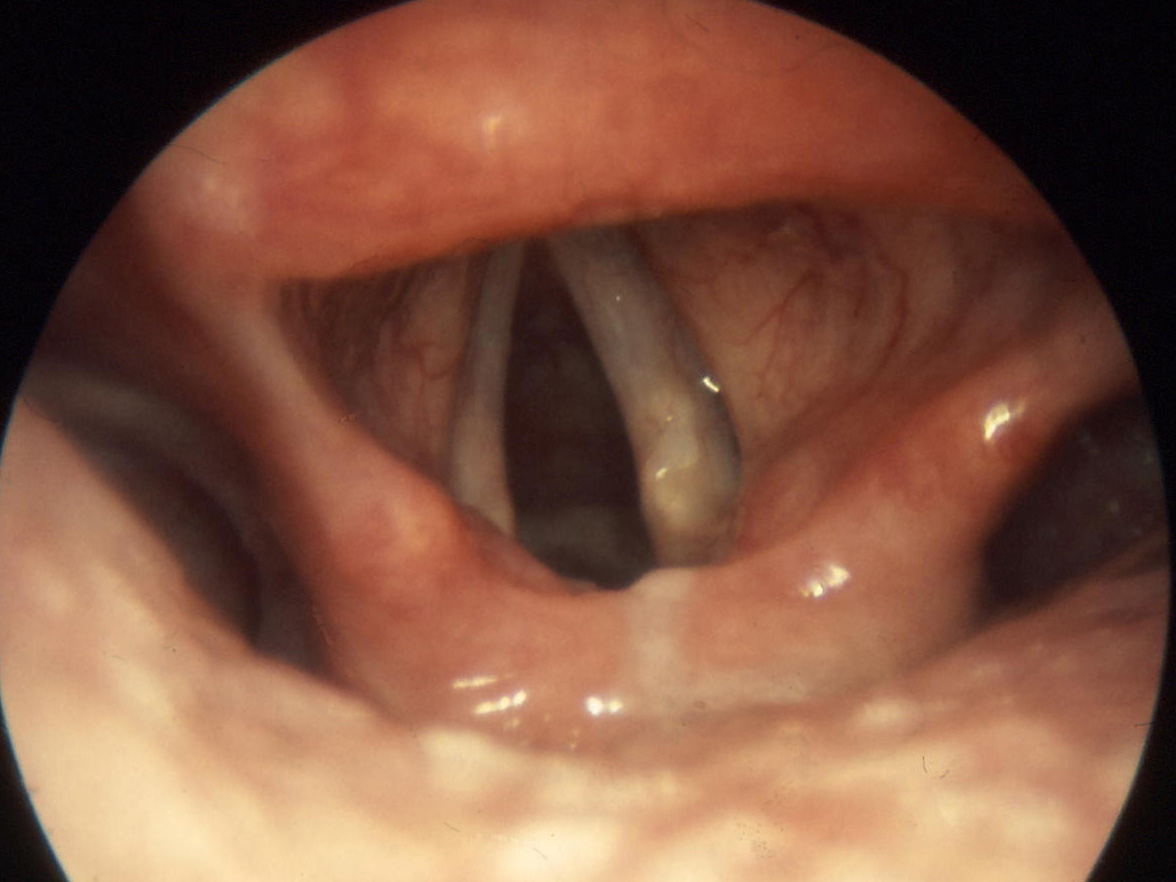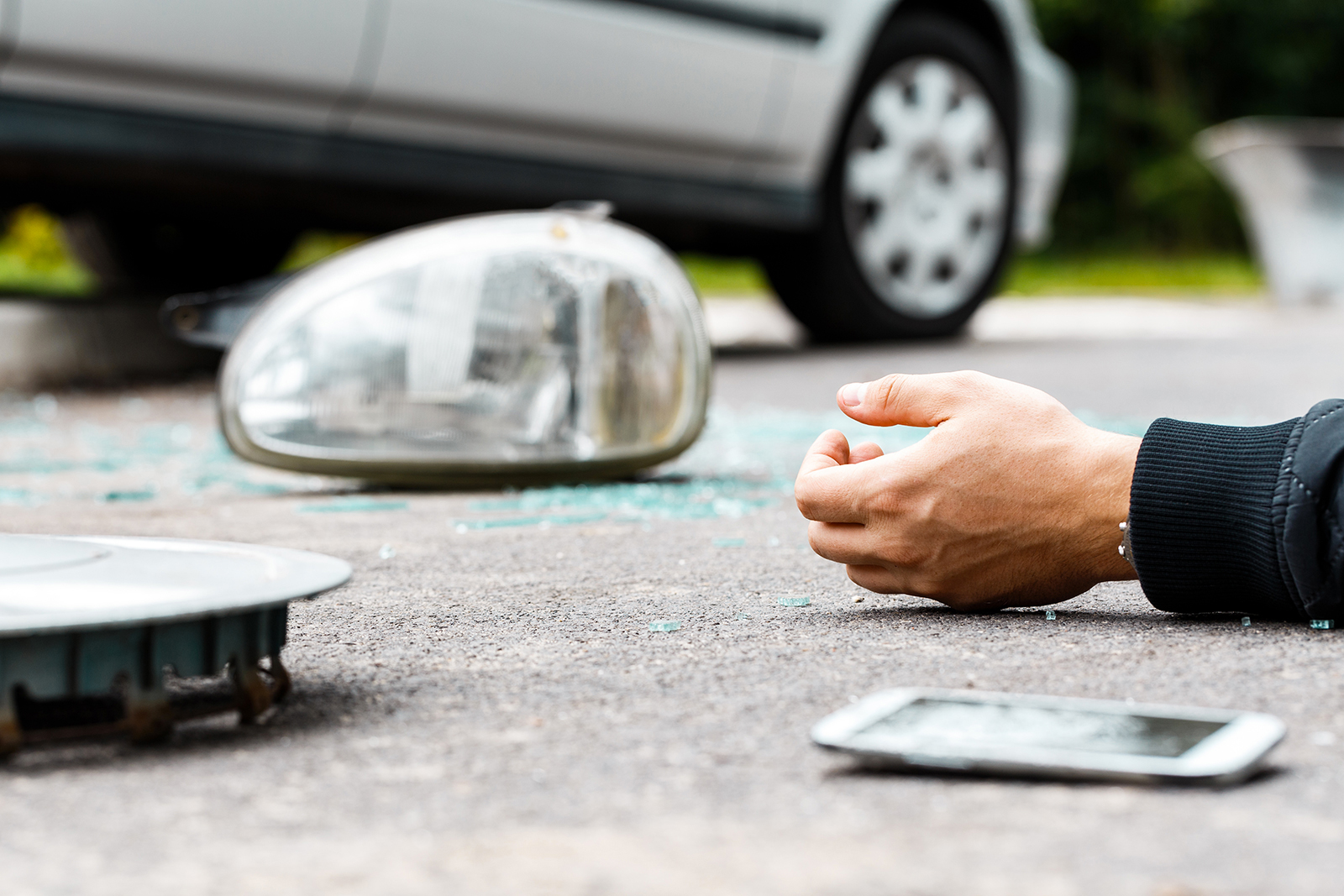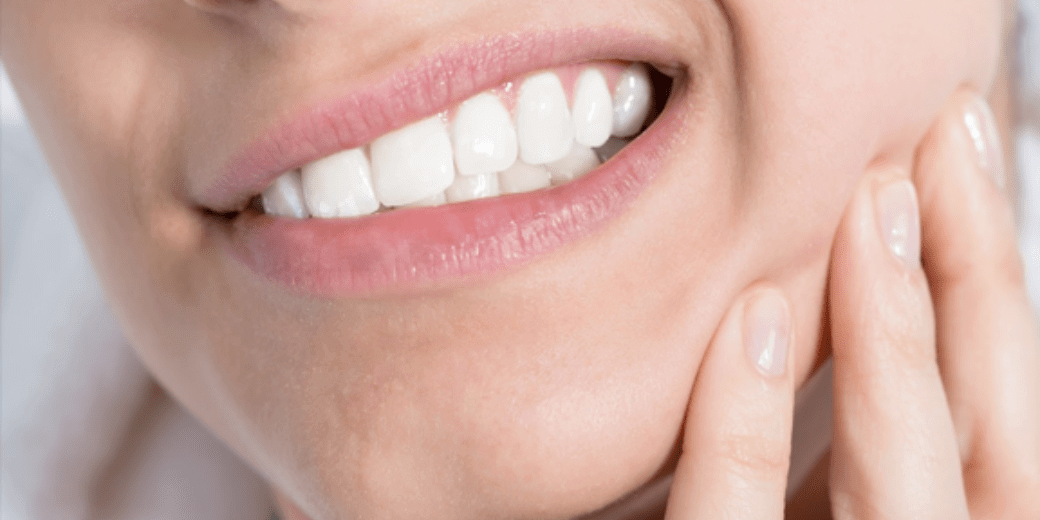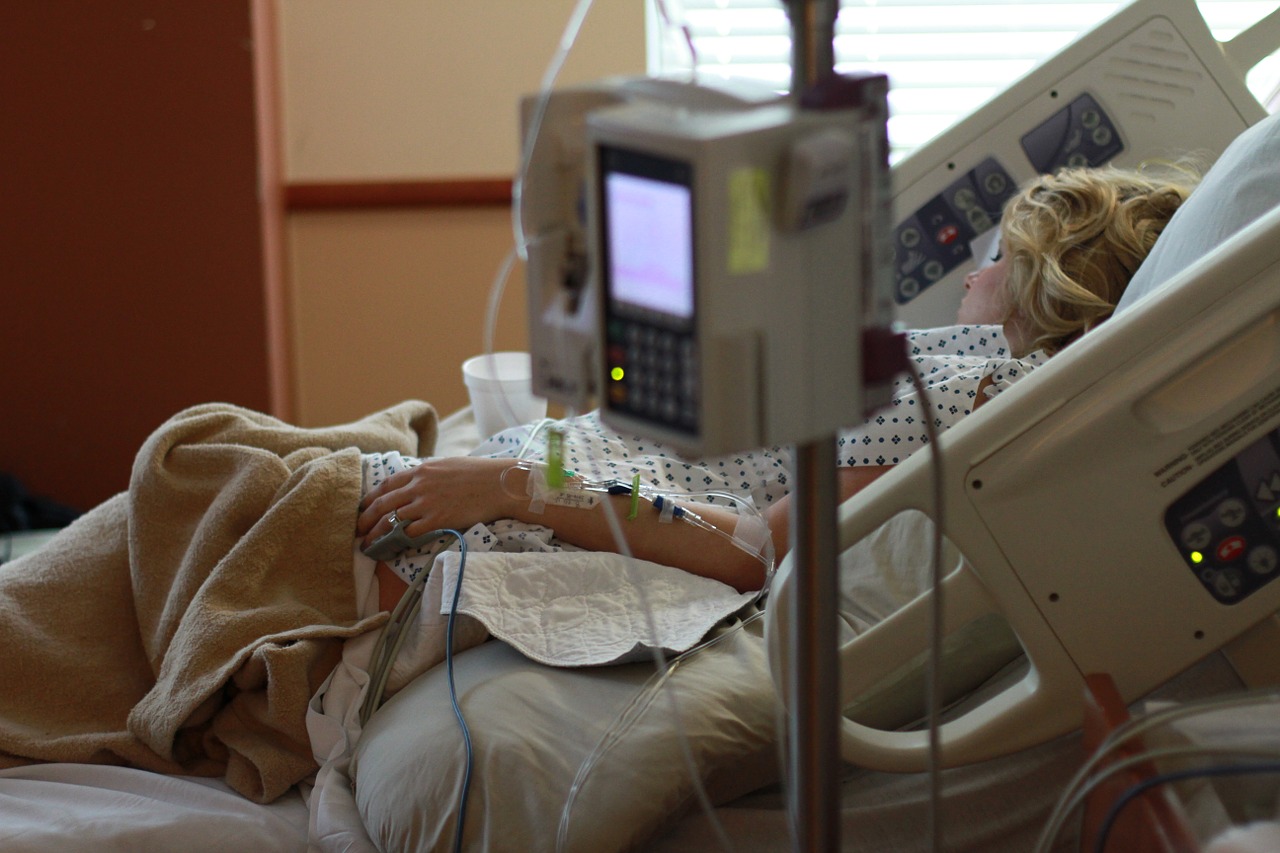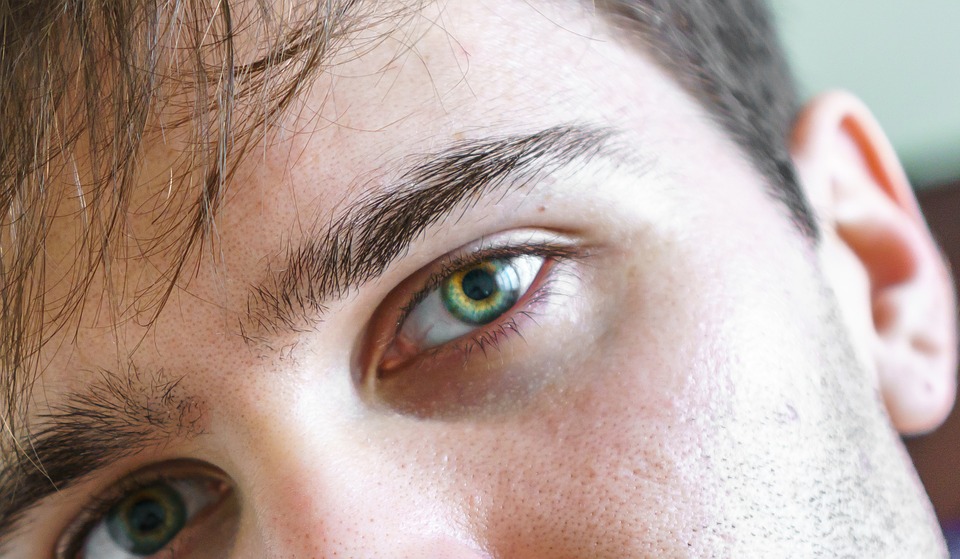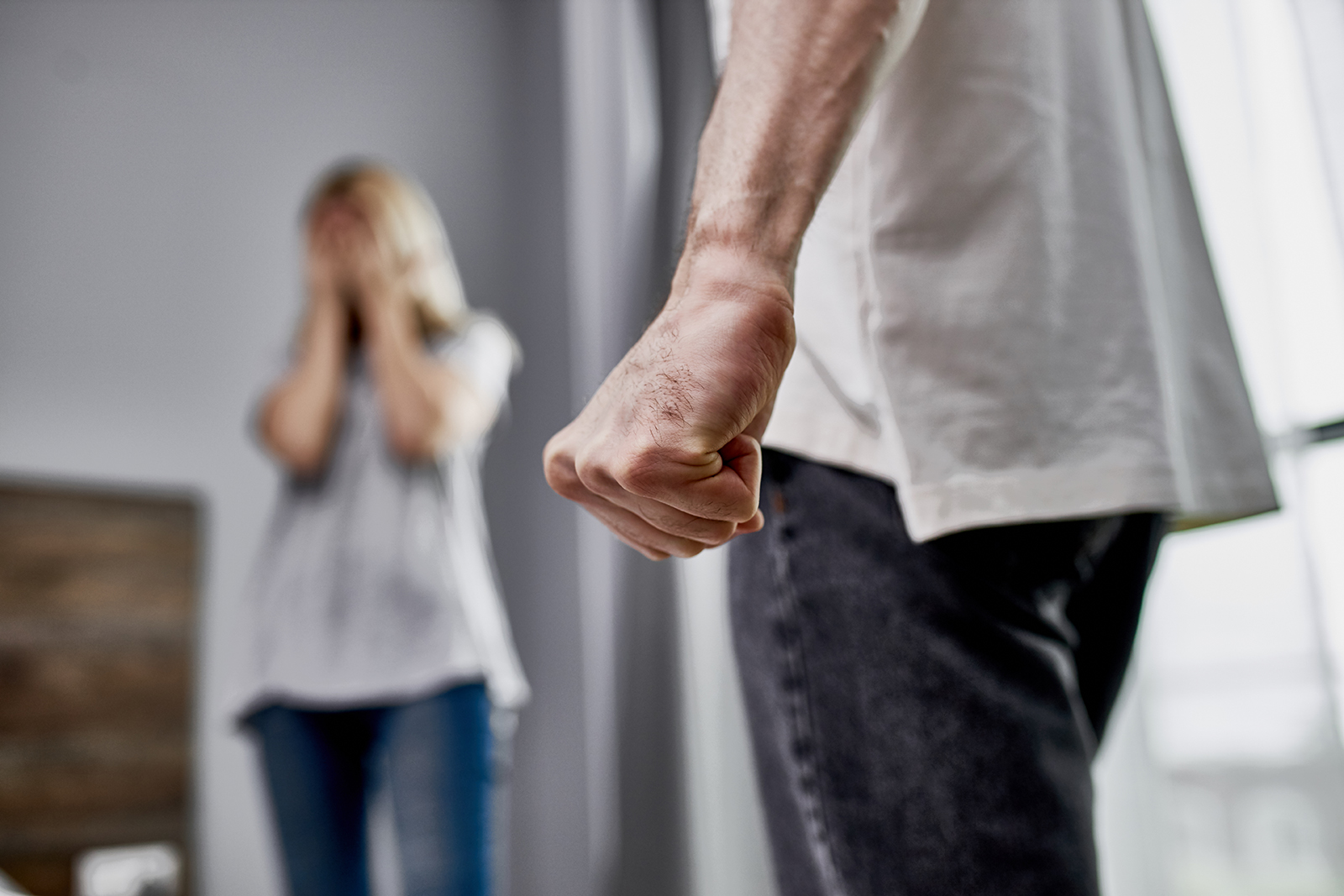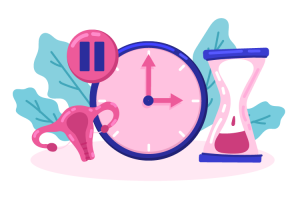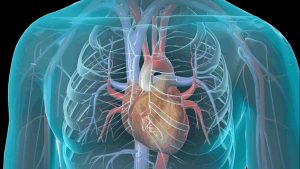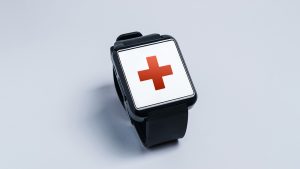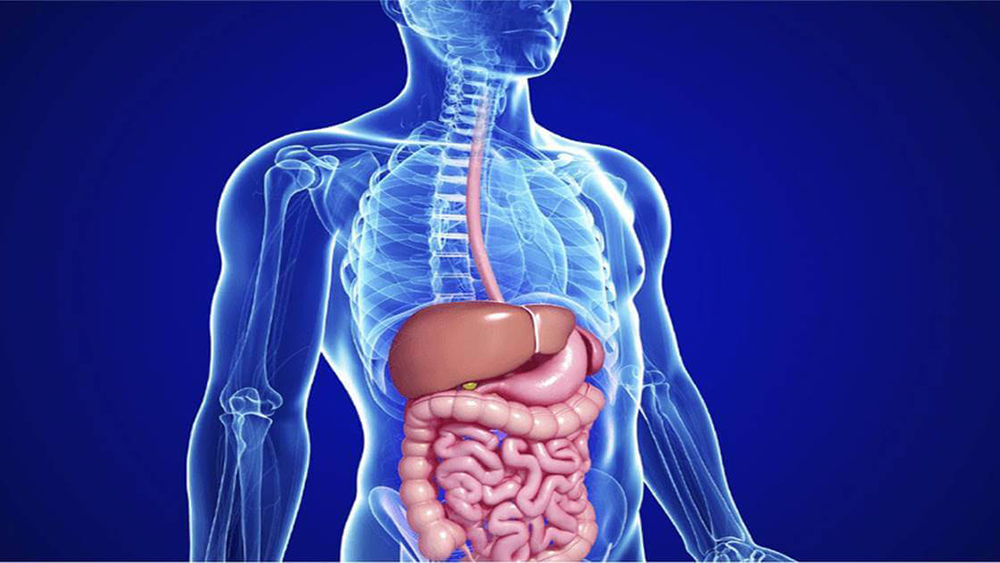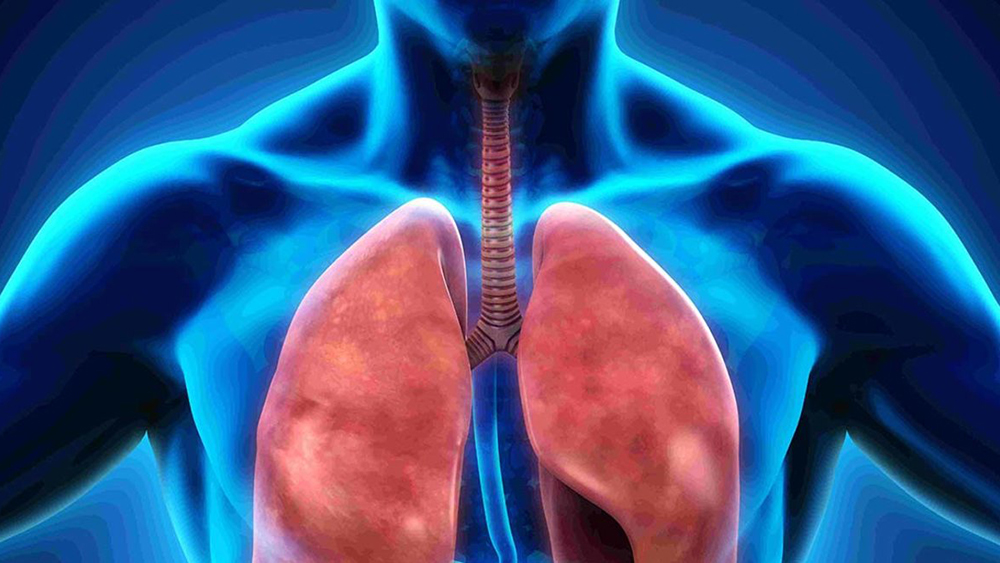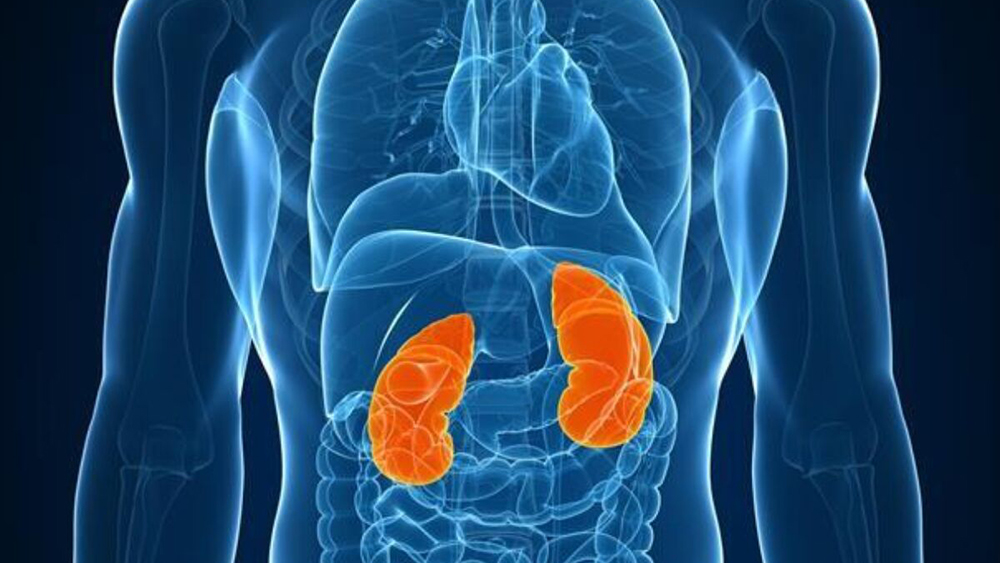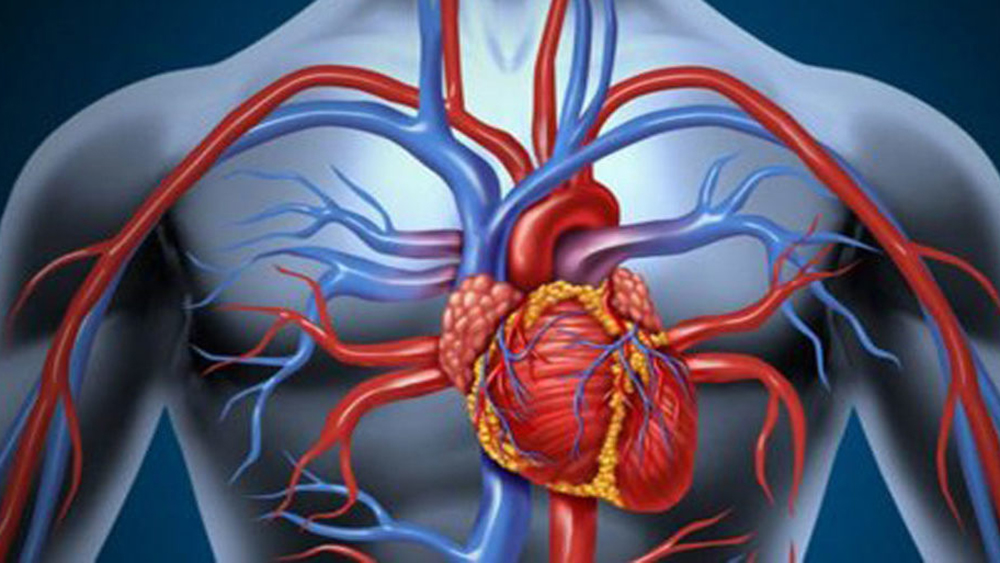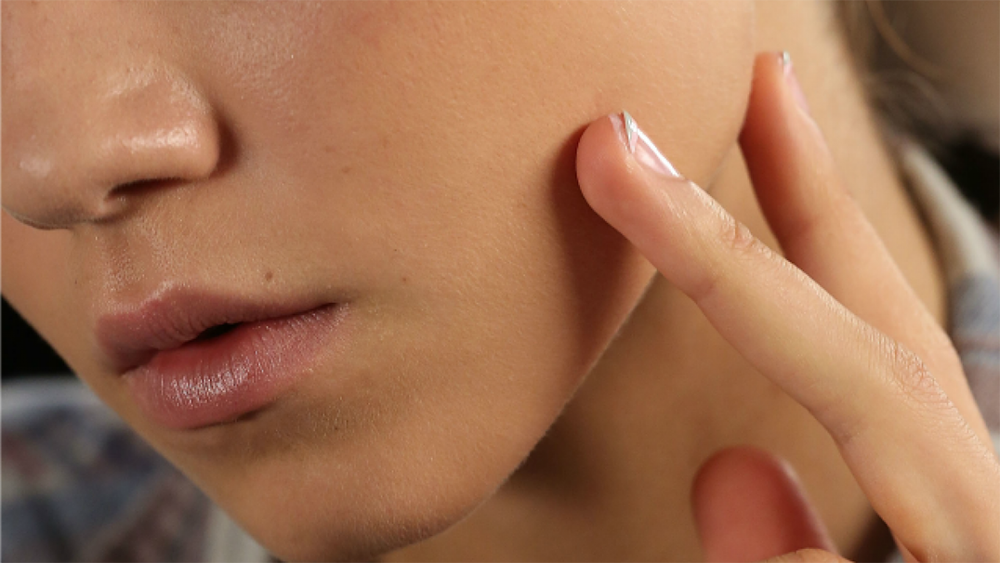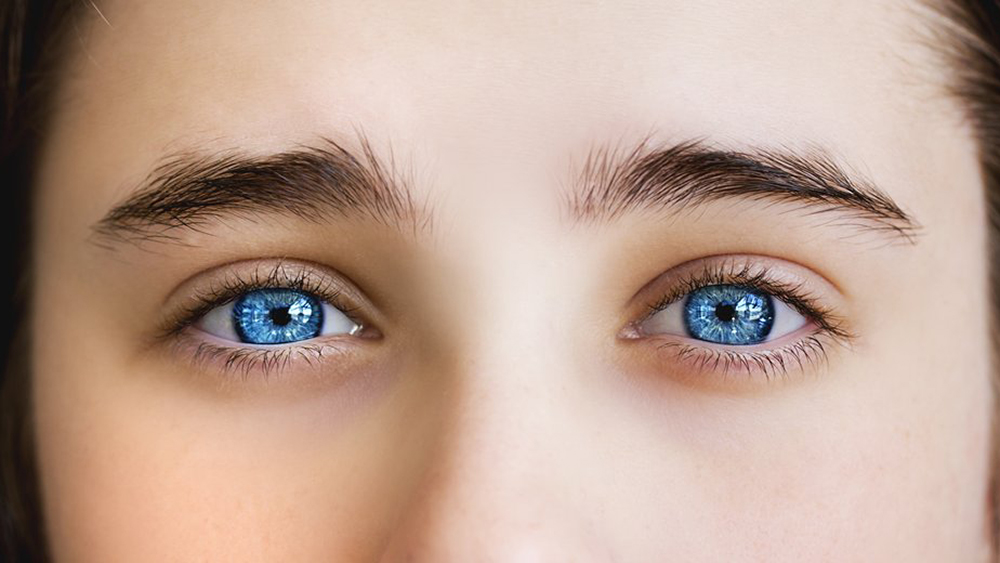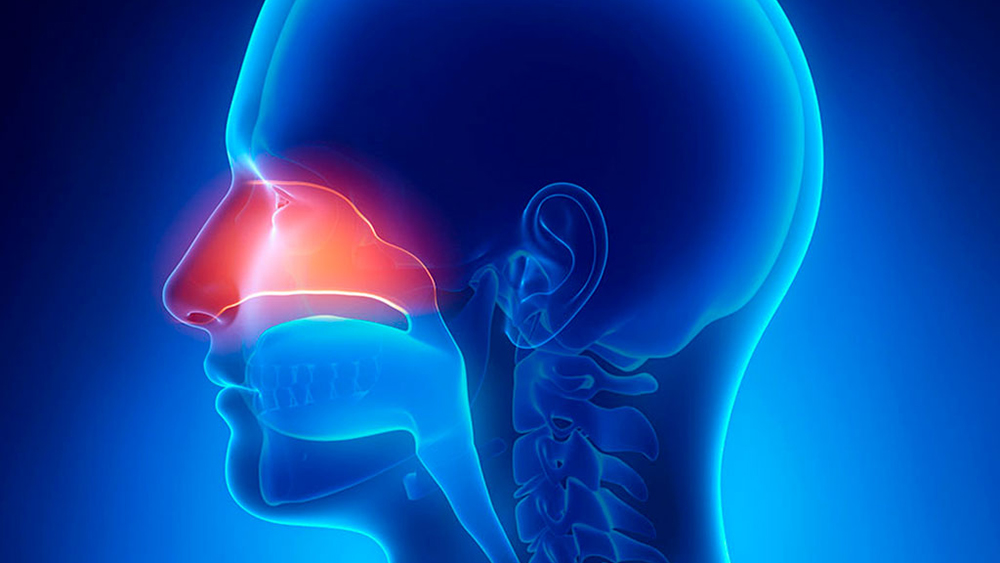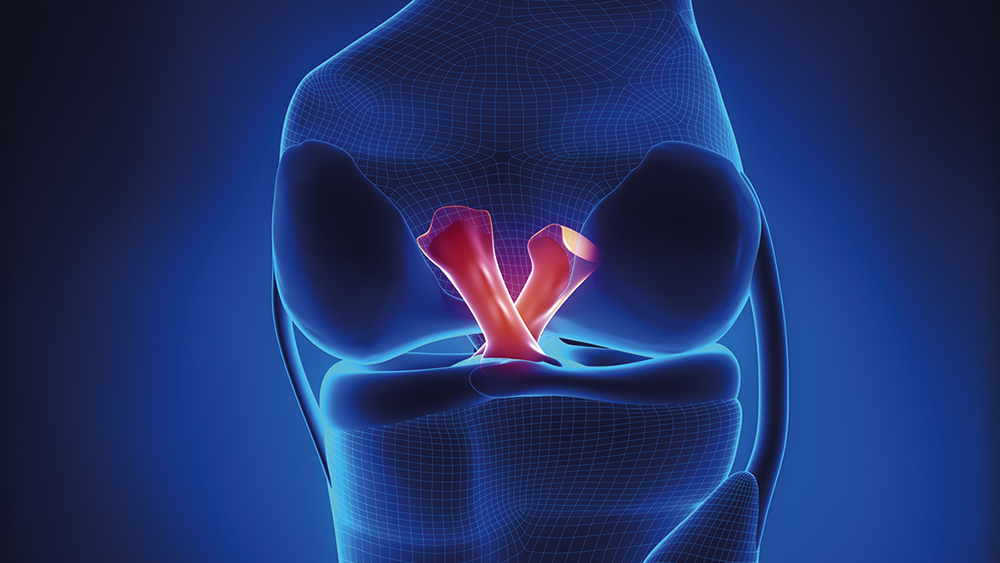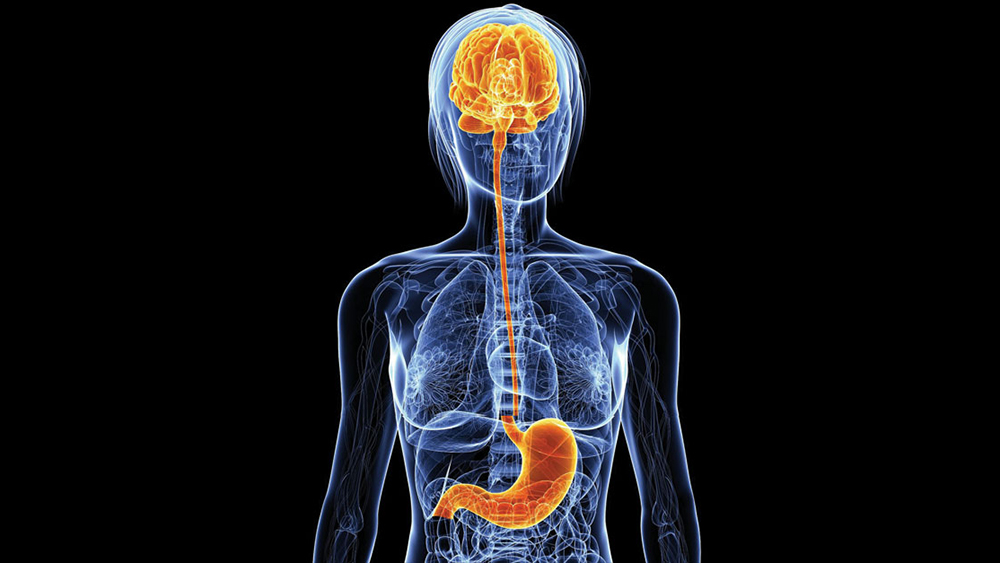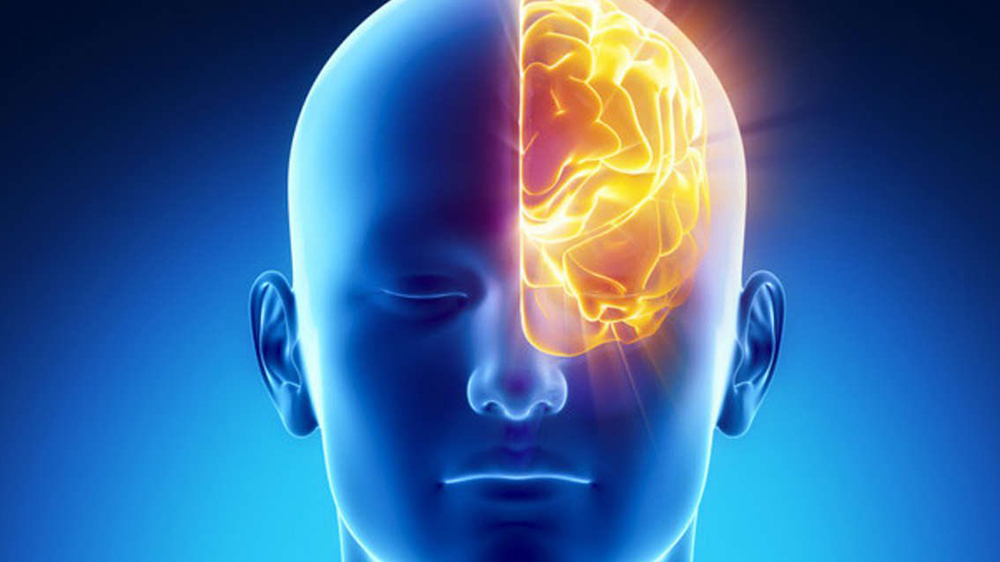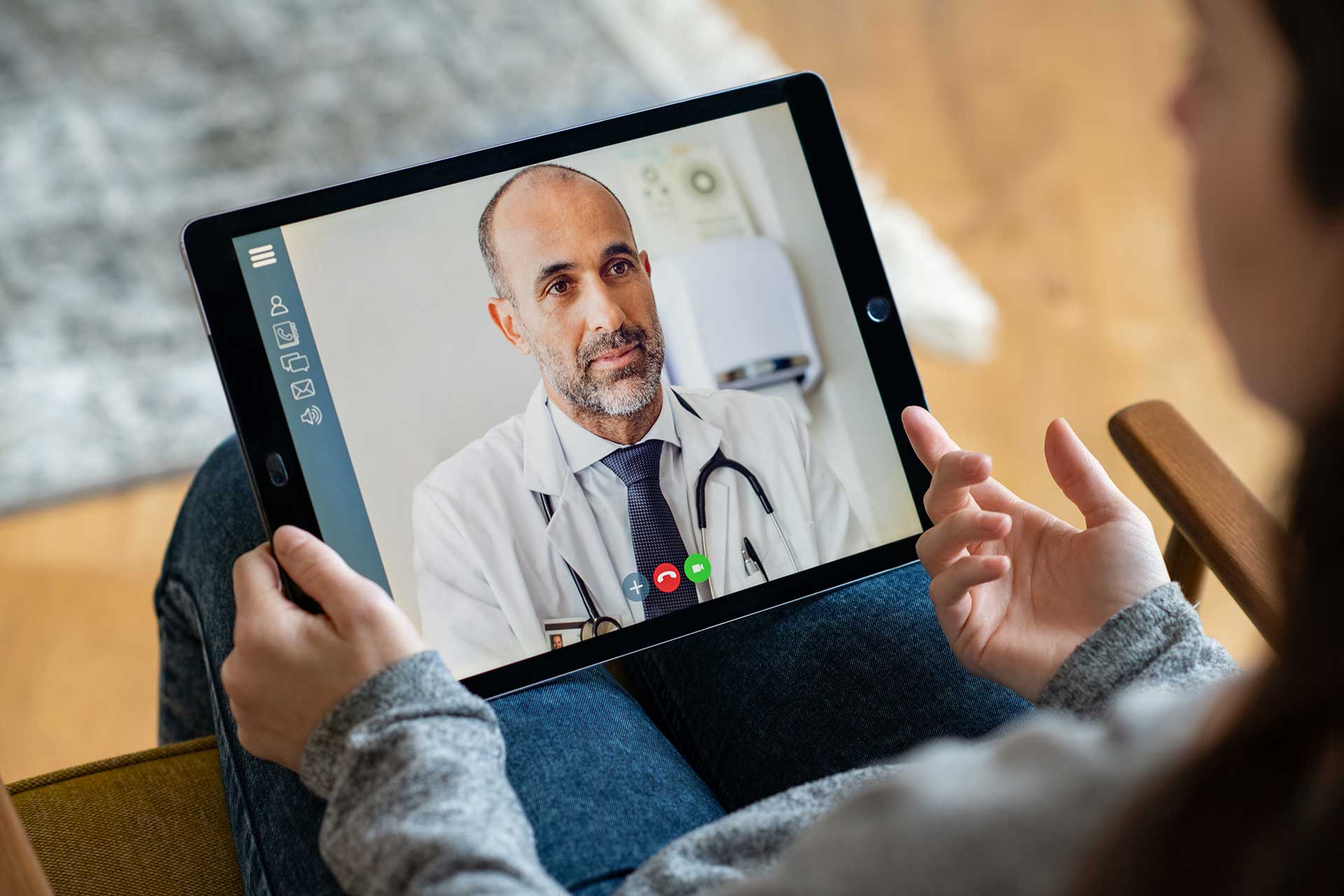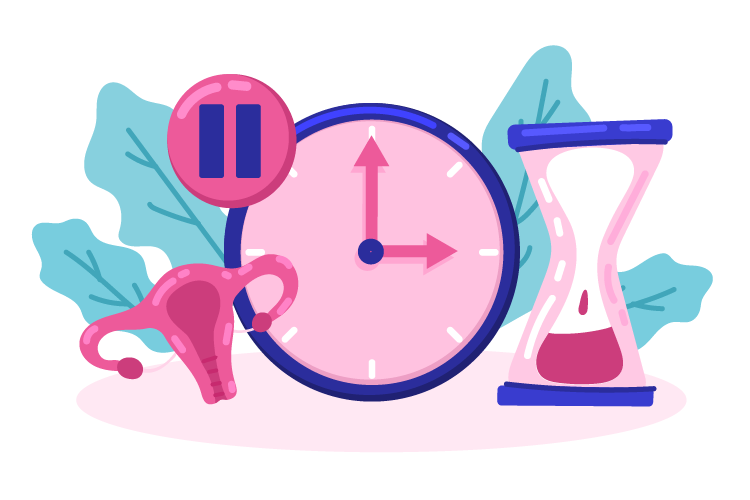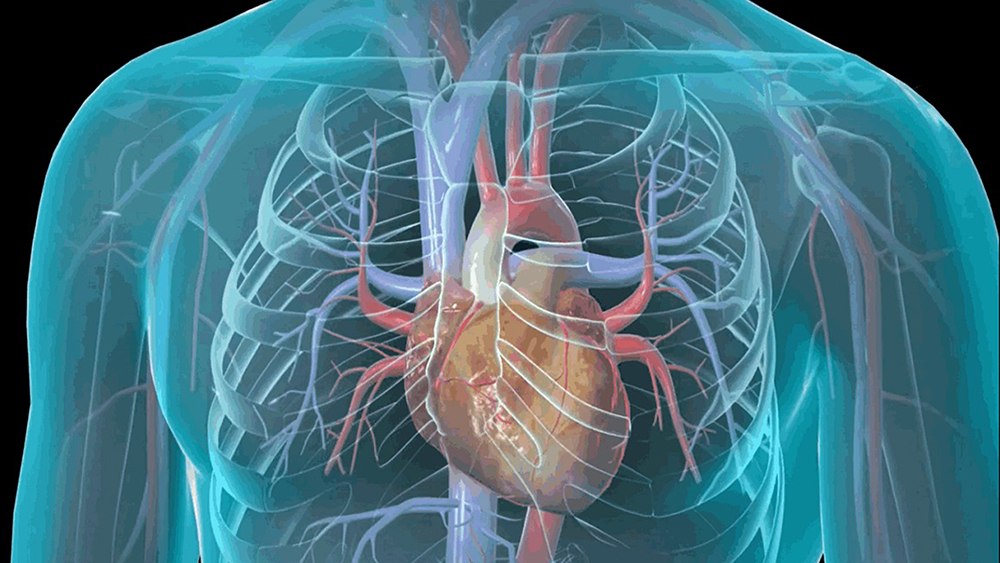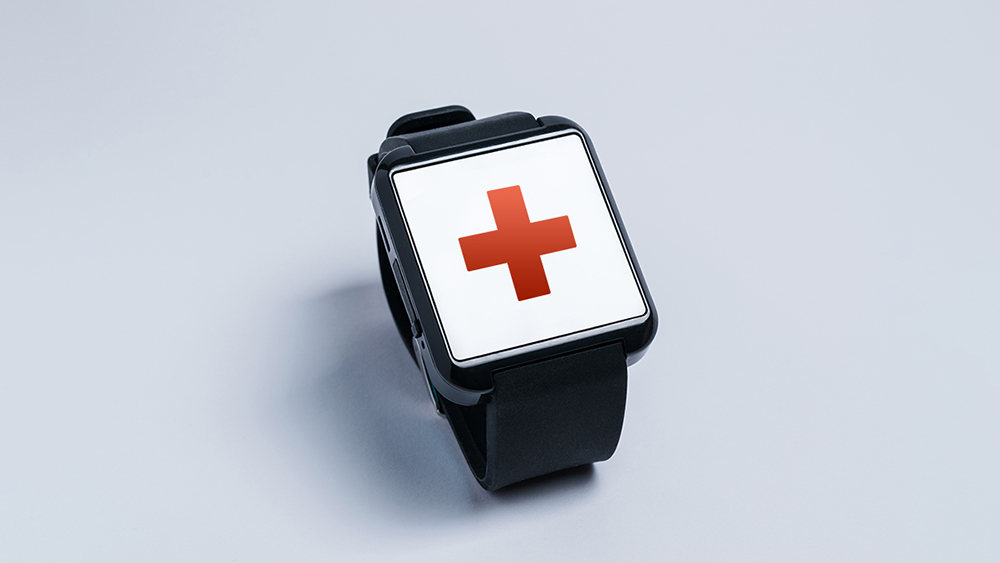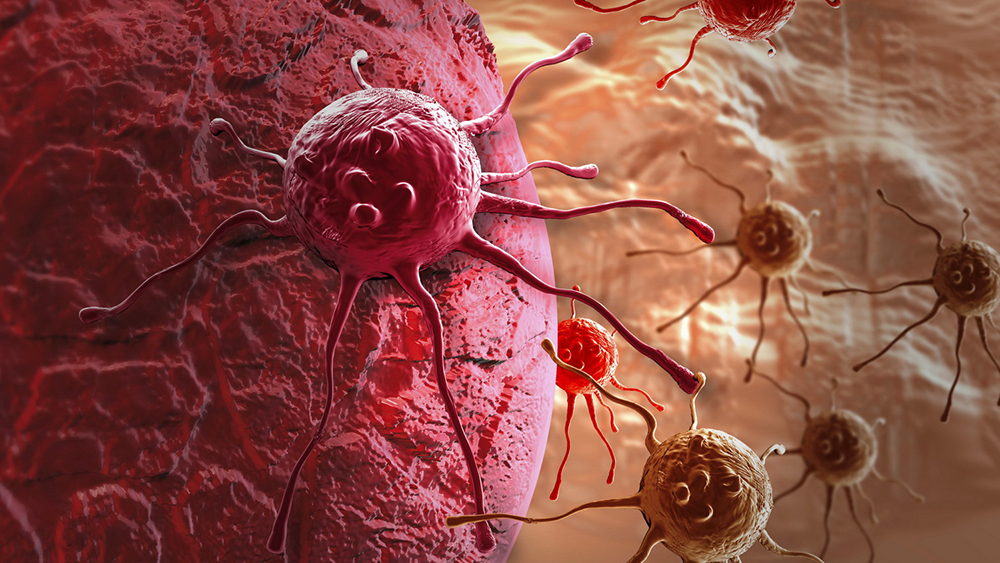Circulation problems, neck pain, frequent migraines and muscle soreness are discomforts that, often on a daily basis, make it difficult for us to perform any activities in our daily lives, such as making our bed in the morning or even just picking up an object from the floor. We often tend to underestimate the signals our bodies send us, as an indicator of a latent malaise whose cause we cannot understand, and we tend to minimize what seem to us to be mere passing impediments. This is not the case at all, and, indeed, we need to pay close attention to the warnings with which the body makes us aware that something is wrong, in order to try to remedy as soon as possible a problem that may be more serious than it seems at first glance, but which, if treated in time, could resolve spontaneously and without further repercussions.
Posture
This is the case with posture, or rather correct posture, the standing or sitting or squatting position we assume every day according to the activities we are doing. When it is good and balanced, posture promotes the well-being of the body and causes us to be more open to the world around us. We know that our bodies, every day, have to overcome the force of gravity to allow us to stand upright, but it happens that we assume incorrect postures for any small problem (even a sprained ankle or a trivial toothache) thus going on to create problems for the entire spine, from the cervical spine to the sacrum, even reaching the legs.
Posture is the strategy by which our neuro-muscular and skeletal systems try to stay balanced in the least wasteful way possible. What shrewdness, then, is necessary to achieve this goal? We are helped by posturology, a neuroscience based on alignment and right posture, which was developed as early as the 1990s in Europe, especially in France, and rediscovered in recent times through the studies of Dr. Bernard Bricot. This discipline, considered holistic and also known by the name of global postural recalibration, is based on a corrective and not at all invasive approach, with the aim of aligning the human body on its natural and regular axis. This will benefit the spine, balance, discs, ligaments, and even vision and brain function. One of the secrets of posturology is to go and investigate the actual and primary causes of certain conditions, such as sciatica, headaches, scoliosis, and vertigo, for which we turn to the posturologist, who will therefore not only go to heal and treat the symptoms, but rather to search for what originally triggered such discomfort, through examinations (electromyography) and specific machines (stabilometric platform or splint) to eradicate the problem. Through simple home tests, it is also possible to check whether ours is a correct posture or if, on the contrary, it needs what “straightening”.
What to do
Naked in front of the mirror, it is necessary to make sure that the head is well centered and the shoulders are at the same height, as are the hips. or you can lean your back against a wall and check that your shoulder blades, heels and buttocks are in line with the wall and that the back of your head just touches it; finally, take a look at the soles of both shoes: if one is more worn than the other, this is a sign that something is wrong. But what are the causes of poor posture? As we have already mentioned, incorrect chewing or wrong dental care, temporomandibular joint disorders or dental occlusion problems could also cause incorrect posture, this is because the bones of the skull and thus the entire spine go out of alignment, causing discomfort to the whole body. But not only that. Even minor injuries such as a sprained ankle can affect the postures we assume on a daily basis: when we do not walk properly, shifting our weight to one leg only, the entire spine is affected, especially due to the fact that such posture will not be abandoned even once the ankle joint problem is resolved, as it will be so natural that we will forget how we moved before such an ailment.
Those most at risk
But lo and behold, discomfort in the hips, back, and neck result from such poor habits. The most at-risk category with regard to poor posture is that of housewives, who, on a daily basis, perform activities that put a strain on the well-being of their backs, often leading them to assume incorrect postures even for a long time. One example is cleaning the floors, or making the bed; one tip is to vary the different positions taken as much as possible, trying, if the bed is very low , to do it again on your knees, in order to avoid back blockage or neck pain. Another caution is to never bend your back to pick up an object from the floor, but to approach the floor by flexing your legs and then lifting with the help of your abs, so as not to overload your back.
Posturology can treat many and varied conditions that result from poor posture: from coliosis, to migraines, to stiff neck, to sciatica. It also provides help with neuromuscular therapies, for with its noninvasive approach it allows observation and understanding of the primary and actual causes of pain, which can be alleviated in conjunction with other measures, such as massage or postural correction.
